Salmon Baked in Papillote with Dill & Thyme
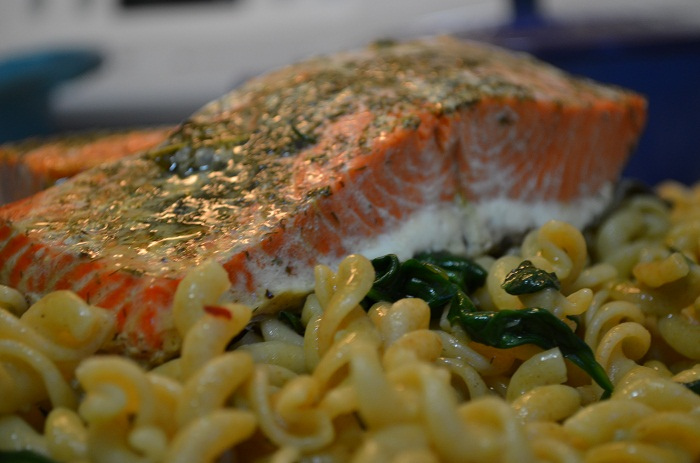
Salmon is one of the easiest types of fish to make on a regular basis. It’s thick texture stays together nicely when cooking, so whether you’re frying, grilling or baking it, it tends to stay together really well. This is great news for novice cooks or those who are a little intimidated to cook fish at all. And winter is a great time to have salmon because it’s super high in Vitamin D.
If you watch enough of the news or programs like the Dr. Oz Show, you’ve probably already seen recent reports that so many people are low in the ever important Vitamin D that protects our bodies and our immune systems from all types of diseases.
Sadly, I’ve known many close friends and even some family members who have told me they are severely deficient in the vitamin this winter and had to be put on super high doses of it in order to alleviate their symptoms (headaches, exhaustion, and more) and to prevent complications should the condition persist.
Scary, right?
Well, after hearing about this for the fourth time, we looked into foods that are a great source of Vitamin D. Surprisingly, salmon has an incredibly high amount of the vitamin and blows away other foods that are also sources, as noted by George Mateljan, chef at WHFoods, which I subscribe to and receive information about on a regular basis. If you have a chance, do check out the site because it hosts a ton of information stemming from George’s book, The World’s Healthiest Foods.
As a result, not only did we ‘beef up’ our salmon intake, I began to dig out recipes in my vault that I haven’t made for a long time. This one for baked salmon en papillote (in parchment) is one of my favorites. It’s not messy, it’s so easy to prepare and serve that I even recently prepared the entire thing and put it in the refrigerator until I was ready to cook it later that day. All I had to do was preheat the oven and bake it.
I used these 4-ounce vacuum-sealed frozen packets of wild-caught salmon that we got from Costco (I am not a fan of farm-raised salmon and here are some of the reasons why). You could also use fresh salmon in this recipe, but the cooking time will be shorter, of course.
Add some fresh or dried dill to the fish, along with some sea salt. Pink salt is nice, too, if you have it.
Line a baking dish with double the amount of parchment paper that’s needed for the pan- this is because you will fold the paper over and tent the fish with it to produce steam.
Lay the fish skin-side down on the paper. This prevents the fish from sticking and makes it easier to remove or turn- a good tip to know when cooking any fish, although in this recipe, there is no requirement to turn it. In fact, leave it alone while it’s baking!
Next, add a couple small pats of butter on top of each fish piece and a few sprigs of fresh thyme, if you have it.
Now slip a few small pats of butter underneath each piece of fish, too.
Drizzle it all with some olive oil– not much, but some.
Now you’re going to close the fish up like a little package.
Curl or tie the ends up so that it is nicely sealed and the fish can steam cook in the oven.
After baking the fish (about 40-45 minutes for frozen; 30-35 minutes for fresh), you’ll want to check to see if it’s done.
It should flake easily with a fork and turn a more orange-pink than when it was raw. This color change should be noticeable throughout. I like to check the center to be sure.
Then you can either serve the fish in its paper or pour the buttery contents on top of rice or pasta (which makes it SO flavorful) and then serve the fish on top. Either way, when you remove the paper from the baking dish, aside from previous wear and tear like in my rustic pan below, you shouldn’t find any mess at all.
Isn’t that wonderful?
I have served this salmon with couscous, rice and most recently, a Spinach & Garlic Fusilli Pasta dish that I will post a recipe for soon, insha’allah.
What could be better than quick, easy, healthy and mess-free?
How do you like your salmon?
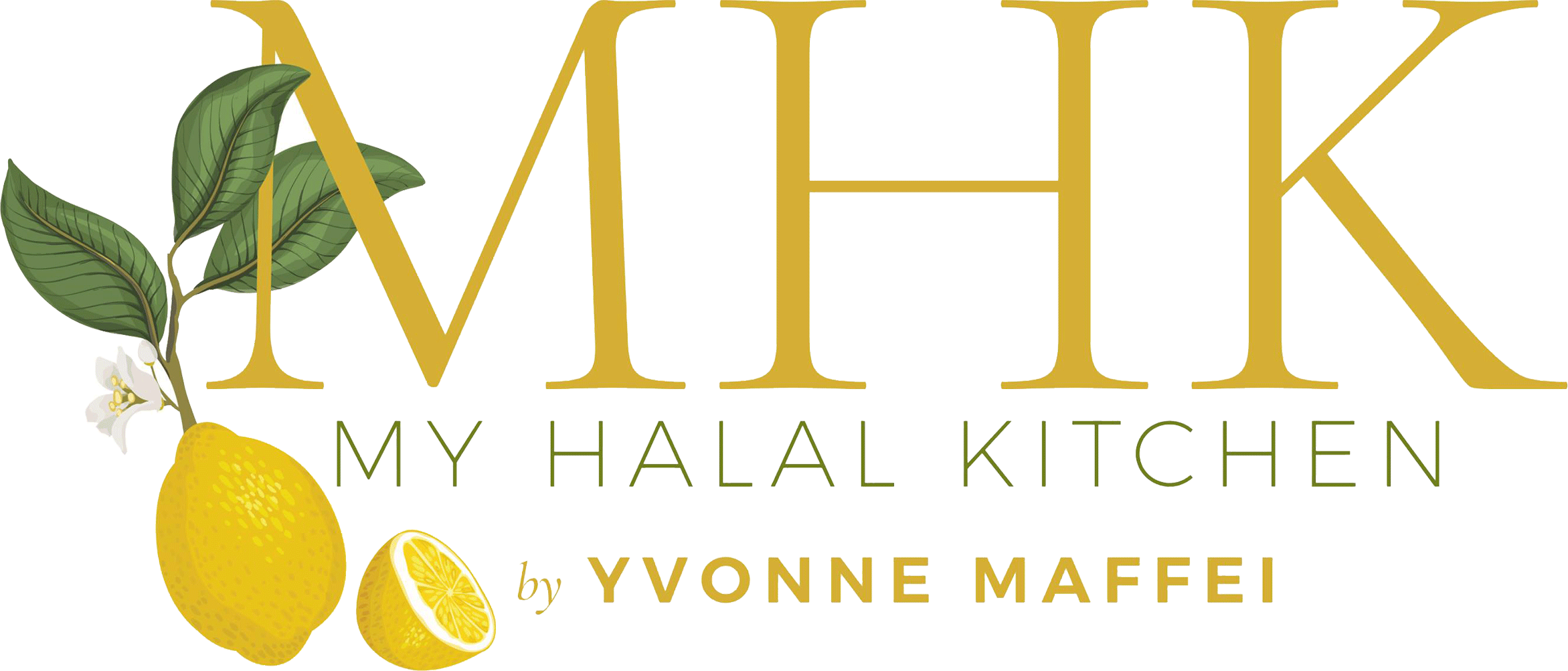

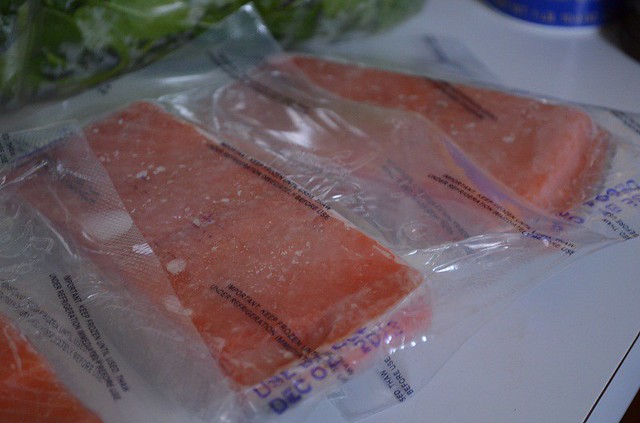
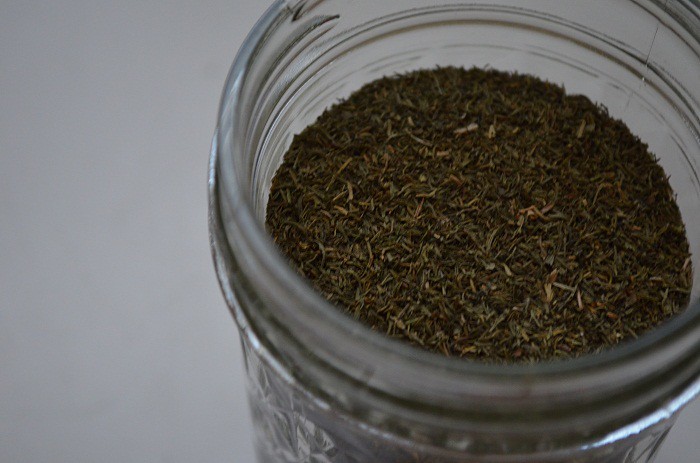

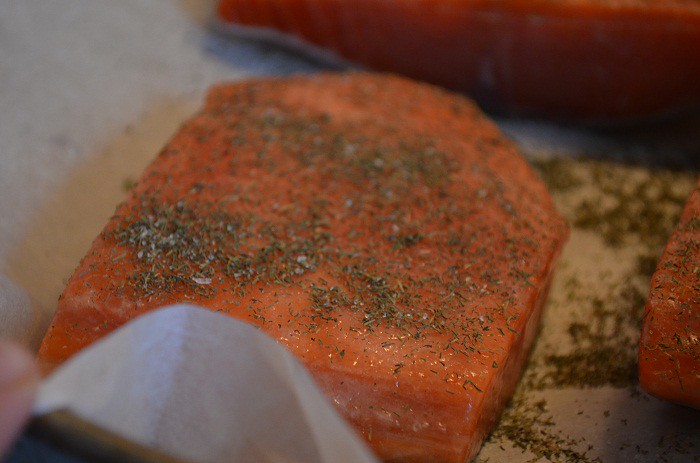
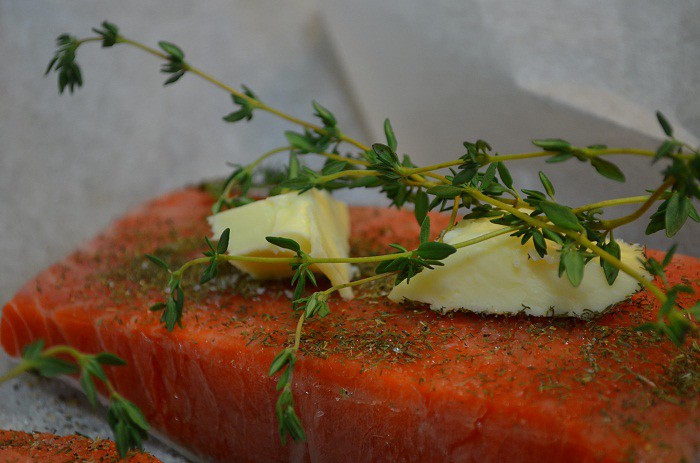
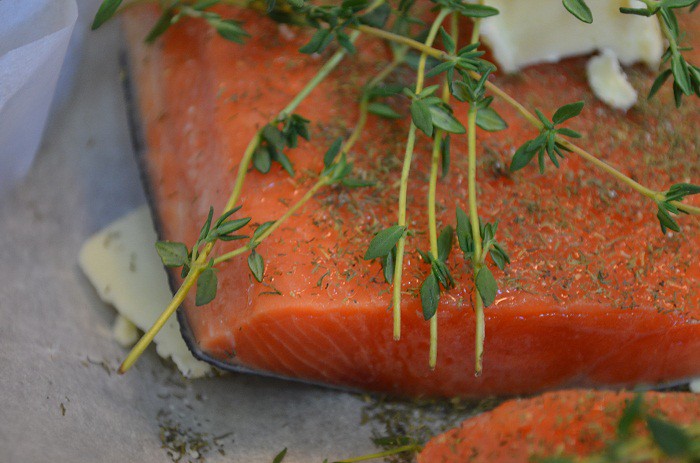
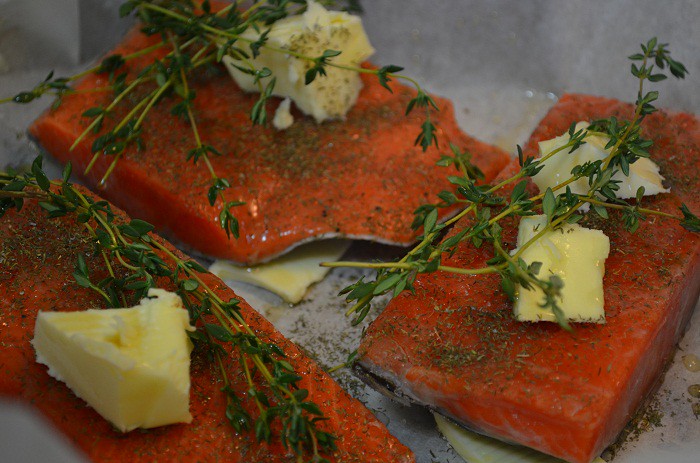
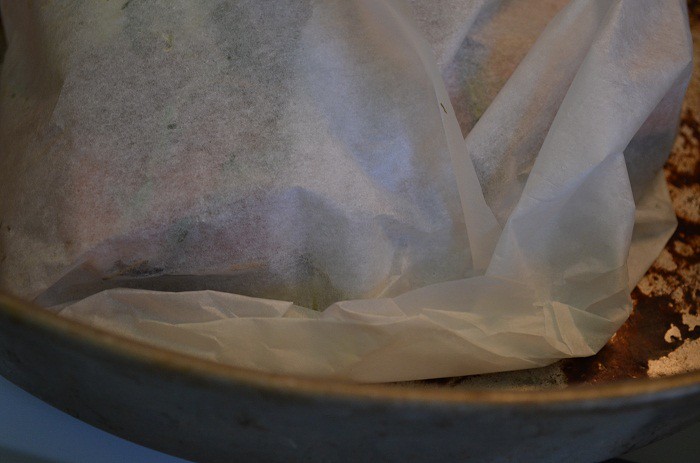
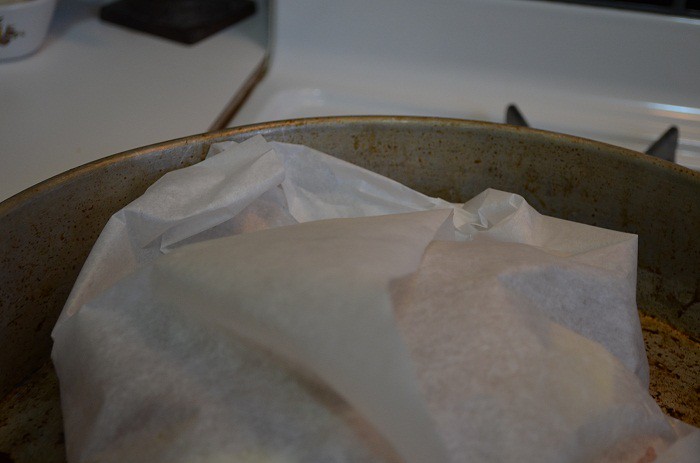
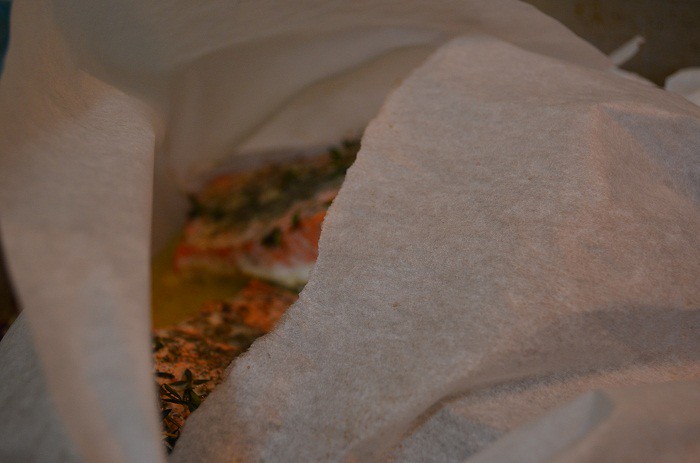
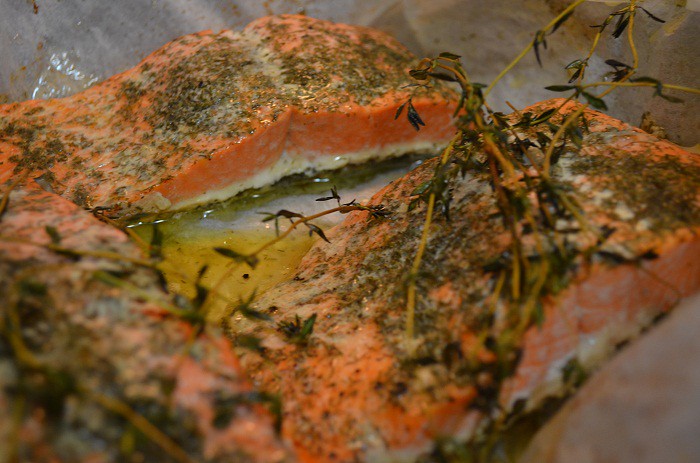
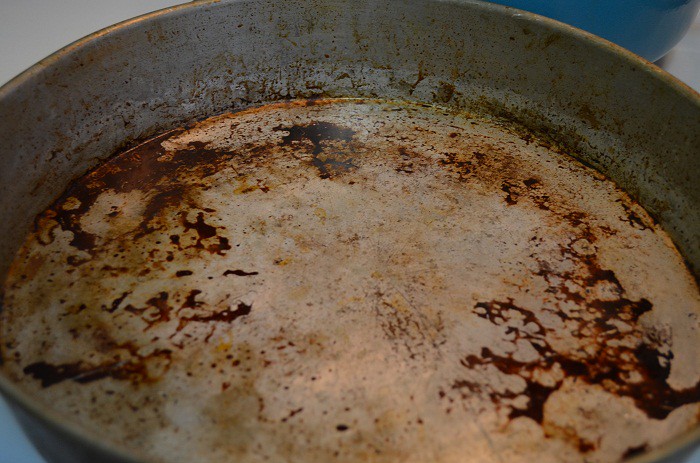
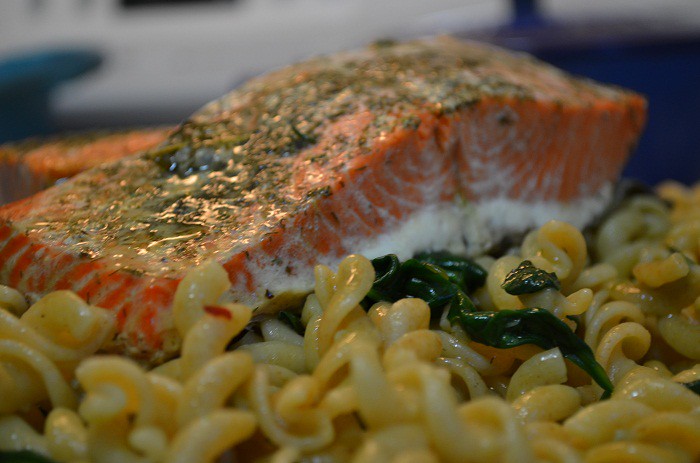
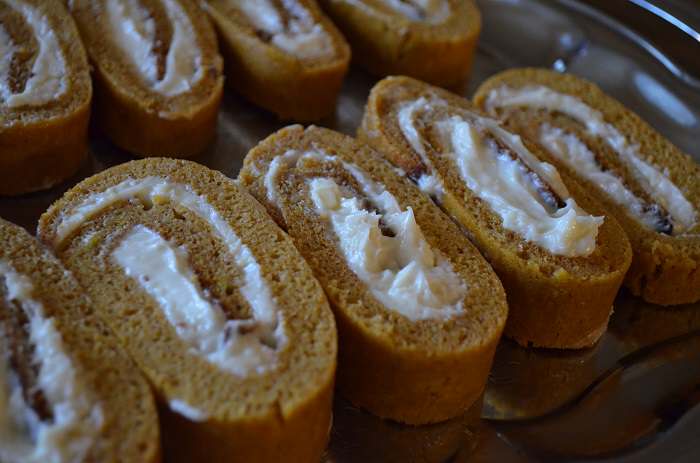
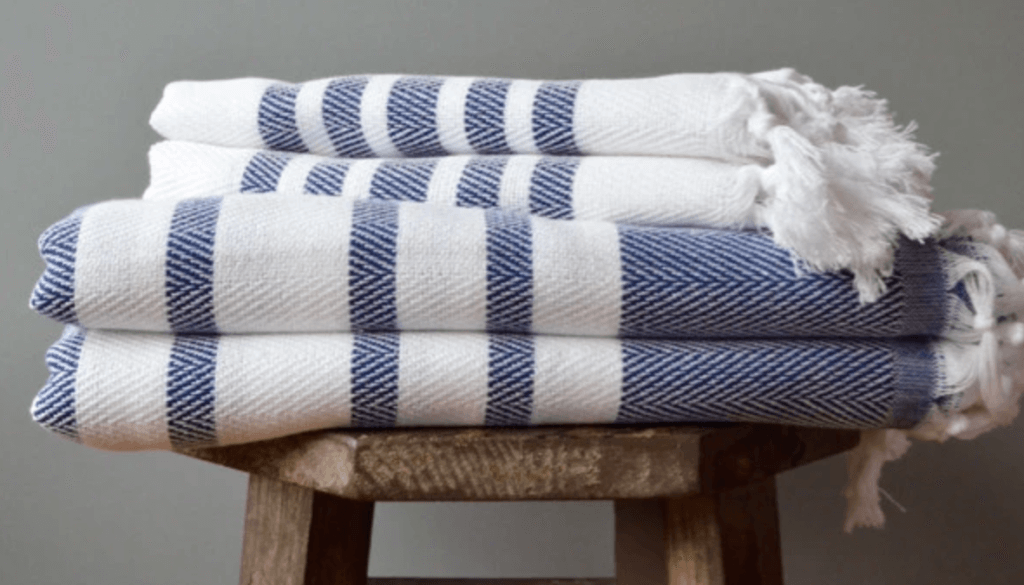
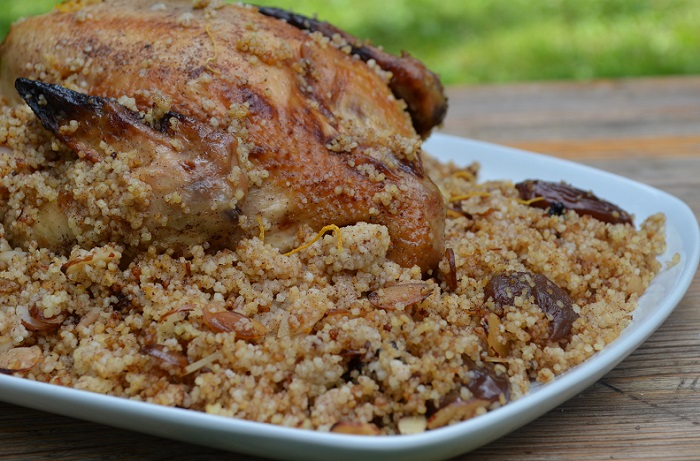

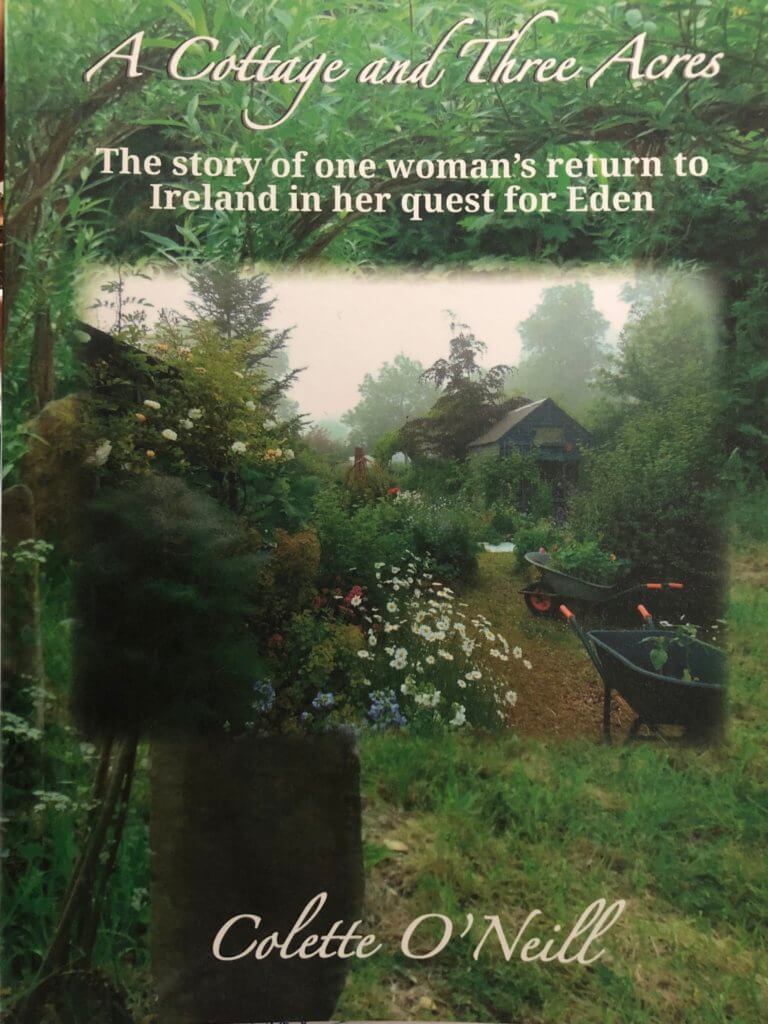


Salaam!!
Love the recipe!! Wanted to ask you to post the full spinach salmon fuscelli recipe! thanks
Salamam alaykum!
I second that request because the pasta with the salmon looks delicious!! In shaa Allah.
Assalamualikum wr wb,
MHK is the best way to guide Muslims in the world to cook delicious food with halal ways.
Thanks MHK
From: http://www.tarteelequran.com
Aww, thank you SO much! Trying really hard over here, so keep us in your du’as (prayers)!
I like to your all coke fod I want learn for u
What is salmon called in Hindi and Urdu m,marathi
@Hanna- I’m not sure, perhaps Google Translate can help? http://www.translate.google.com